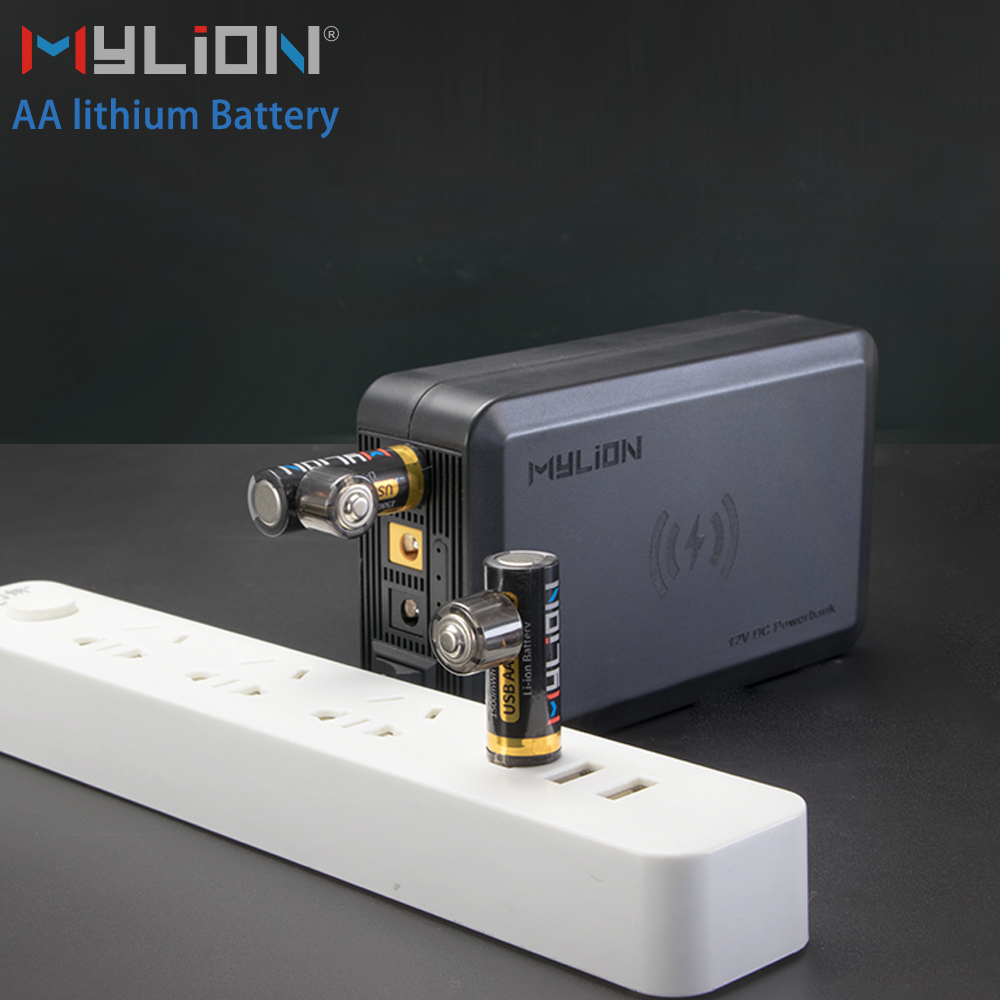Lithium battery can only be charged up to 500 times?
I believe most consumers have heard that the life of a lithium battery is “500 times”, 500 times of charge and discharge, beyond this time, the battery “falls asleep”, many friends in order to extend the battery life, every time Only charge the battery when the battery is completely exhausted. Is this really good for the life of the battery? The answer is no. The life of a lithium battery is “500 times”, which does not refer to the number of charging and discharging, but the cycle of charging and discharging.

A charge cycle means that the full capacity of the battery is used from full to empty, and then from empty to full, not equal to one charge. For example, a lithium battery consumes only half of its power on the first day, and then is fully charged. If the situation persists the next day, that is, charge with half of the battery, and charge it twice in total. This will only count as one charge cycle, not twice. So before completing a cycle, it usually requires multiple charging to complete. After each charging cycle, the battery capacity will be reduced. However, the reduction in this amount of power is very small. High-quality batteries can still maintain 80% of their original capacity after multiple recharges. Many lithium battery products can still be used as usual after two or three years of use. Of course, the life of the lithium battery still needs to be replaced at the end.
The so-called 500 times means that the manufacturer implements about 625 chargers at a fixed depth of discharge (for example, 80%), reaching a cycle of 500 chargers.
(80%*625=500) (Ignore factors such as the decrease of lithium battery capacity)
And due to various influences in real life, especially the depth of discharge during charging is not constant, so “500 charging cycles” is only used as a reference.
In other words, the life of a lithium battery is related to the completion of the charging cycle, not directly related to the number of charging cycles.
The life of a lithium battery is generally 300 to 500 recharges. Assuming that the power provided by a complete discharge is Q, if the power decline after each charging cycle is not considered, the lithium battery can provide or supplement a total of 300Q-500Q during its life. The results show that if each charge is used 1/2, then charge 600-1000 times; if each charge 1/3, then charge 900-1500 times. In this way, if you charge randomly, the number of times is uncertain. All in all, no matter how you charge it, the power of 300Q~500Q is constant. Therefore, we can also understand: the life of a lithium battery is related to the total charging capacity of the battery, and has nothing to do with the number of recharges. In the life of lithium battery, there is little difference between deep discharge and shallow charge.

In fact, shallow charging and shallow charging are more beneficial to lithium batteries, and deep charging and deep charging are only necessary after the product’s power module has been calibrated for lithium batteries. Therefore, products powered by lithium batteries do not need to be constrained by craftsmanship. Everything is convenient and can be charged at any time without worrying about the life span.
If the lithium battery is used at a specified operating temperature above 35°C, the battery’s power will continue to drop, that is, the battery’s power supply time will not be as long as usual. If the device is recharged at this temperature, the battery will be more damaged. Even storing the battery in a warmer environment will inevitably lead to corresponding damage to the quality of the battery. Therefore, maintaining an appropriate working temperature as much as possible is a good way to extend the life of a lithium battery .
If the lithium battery is used in a low temperature environment below 4°C, the battery life can also be shortened. Some mobile phones cannot even be charged in a low temperature environment. This is the reason for the lithium battery. But don’t worry too much, this is only a temporary situation, unlike using it in a high-temperature environment, once the temperature rises, the molecules in the battery are heated and immediately return to the original power.

In order to give full play to the maximum efficiency of lithium-ion batteries, it is necessary to use lithium-ion batteries frequently to keep the electrons in the lithium-ion battery flowing at all times. If the lithium battery is not used frequently, you must remember to complete a charging cycle every month and perform a battery calibration, that is, deep discharge and deep charge.
The conventional name is “charge-discharge cycle”, which is not equal to “charge times”. Cycle refers to the battery from fully charged to glowing. This is a cycle. If your battery starts from a fully charged state, it consumes one-tenth of the power , And then refill, this is a one-tenth cycle, so charging 10 times is basically a cycle. Similarly, starting from full power, using half of the power, and then using half of the power, is a cycle, and this cycle is two charges. Therefore, the cycle only depends on the “accumulated power discharged from the battery”, and is not directly related to the “number of recharges”.

In addition, the number of charge-discharge cycles in the standard does not mean that it can no longer be used, but refers to the ability of the battery to store electricity to a certain extent after multiple cycles.
For example, a certain type of lithium battery, its nominal charge and discharge cycle is “after 500 times, the capacity is not less than 60% of the nominal capacity”
In other words, after 500 cycles, the maximum power of this battery is only 60% of the new battery, and the performance drops to a certain extent, which is what it means.

Lithium batteries do not have a fixed limit on the number of recharges. The batteries produced by regular manufacturers can generally be charged and discharged at least 500 times, and the capacity is maintained at more than 80% of the initial capacity, and can be used for 2 years with one charge per day. Under normal circumstances, charging 1000 times on a mobile phone will cause the battery to become less durable.
Mobile phone battery maintenance:
1.Each time it is fully charged, it reduces the number of charging and prolongs the service life of the battery.
2.There is no need to fully discharge the battery, usually when the battery is below 10%, it needs to be charged.
3.Use the original charger instead of the universal charger.
4.Do not use the phone while it is charging.
5.Don’t charge too much, stop charging after the battery is full.





